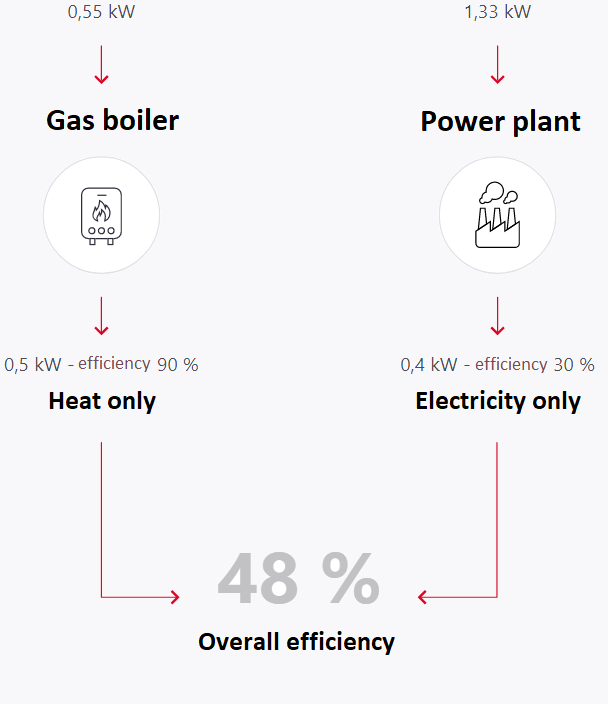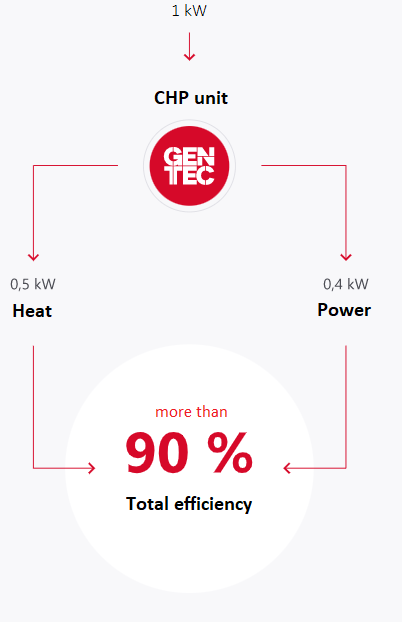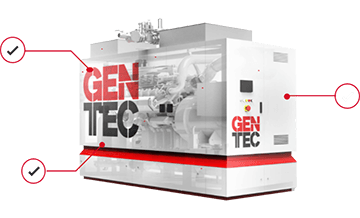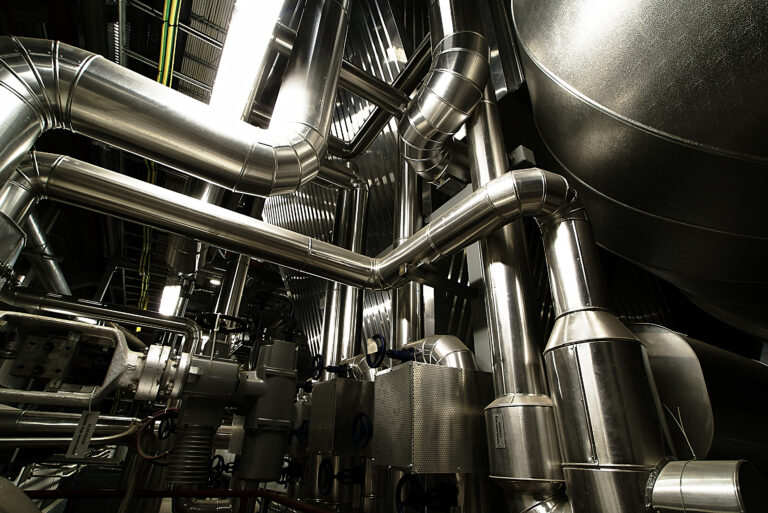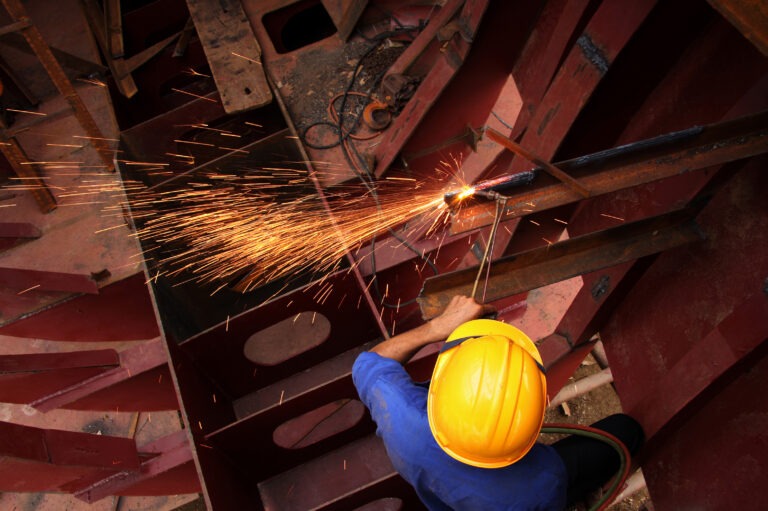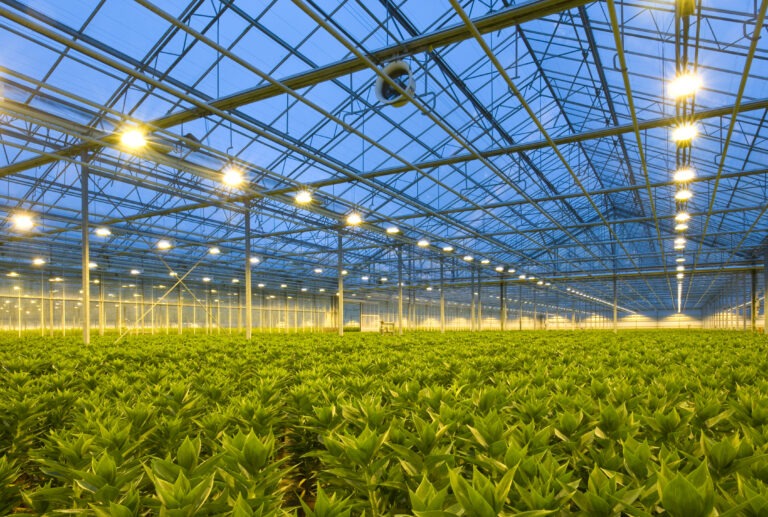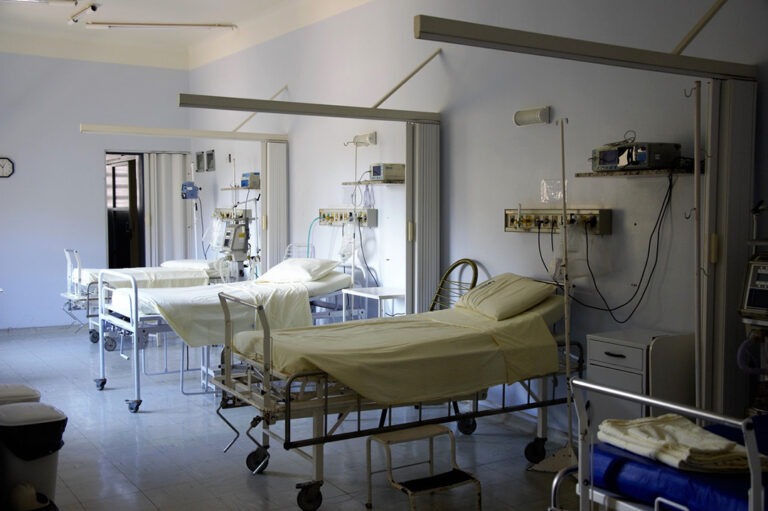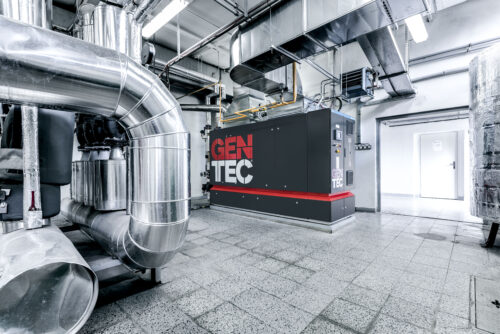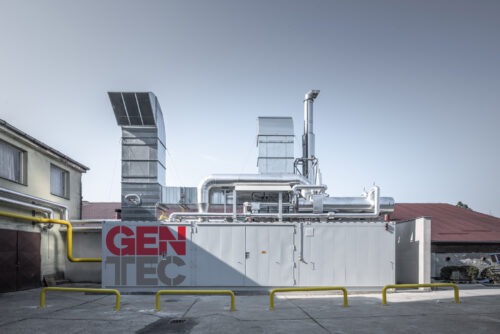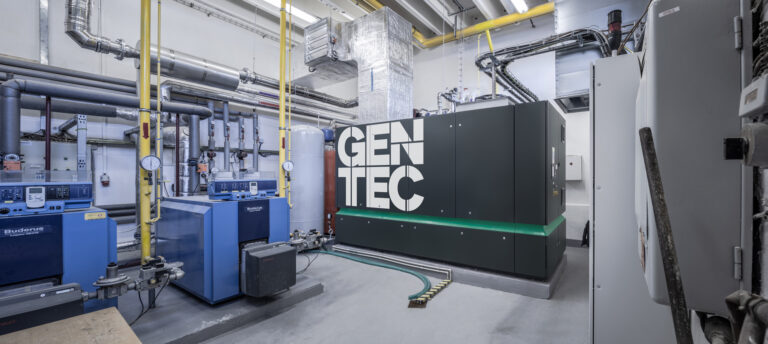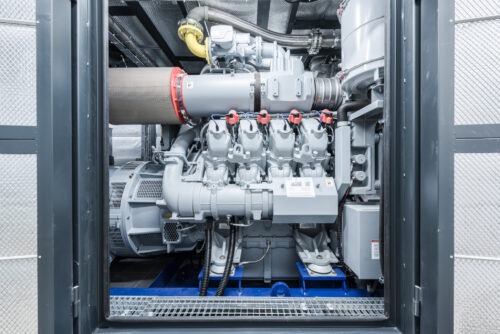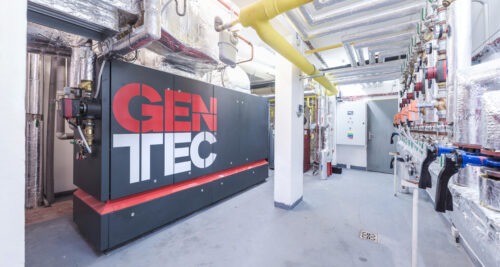The CHP unit produces electrical power to supply production processes and heat in the form of hot or warm water or steam where needed in the production process. Cold water can also be produced. The cold produced in cogeneration is significantly cheaper than that produced in the conventional manner. Due to the constant and high consumption of heat and power during the year, the economic savings are high. In these industries, it is common for companies to have their own heat sources with over 20 MW of fuel input. The price of heat produced by the CHP unit does not change much, even with the high price of allowances. This is due to the fact that the price of power produced by the CHP unit rises with the price of allowance. The revenue from it then also rises, eliminating the impact of the allowance on the price of heat. In this case, the installation of a CHP unit can eliminate the cost of emission allowances. In addition, independence from external suppliers ensures continuity of operation in the case of a black-out.A properly designed CHP unit, even if companies do not have stable year-round heat consumption, brings customers significant savings even when the CHP unit runs for six to eight months during the colder seasons when heat is needed to heat interiors and HDW. The price of heat produced by the CHP unit does not change much, even with the high price of allowances. This is due to the fact that the price of power produced by the CHP unit rises with the price of the allowance. The revenue from it then also rises eliminating the impact of the allowance on the price of heat. The economic savings in this mode can be millions of crowns per year, depending on the size of the operation. Moreover, the savings are made up of several components, making them diversified and long-term. Especially in times when the energy prices are on the rise, the CHP unit pays for itself and eliminates the impact of rising costs on inputs.In food production, there is a high consumption of process heat or steam. Both can be produced more cheaply with a CHP unit than with the conventional sources. Additionally, production is also demanding in terms of power consumption, so CHP units represent a suitable way to reduce costs in these plants while reducing the cost of emission allowances for sources with a fuel input higher than 20 MW. The price of heat produced by the CHP unit does not change much, even with the high price of allowances. This is due to the fact that the price of power produced by the CHP unit rises with the price of the allowance. The revenue from it then also rises, eliminating the impact of the allowance on the price of heat. Cold water can also be produced. The cold produced in cogeneration is significantly cheaper than that produced in the conventional manner.Thanks to the animal waste generated by these plants, it is possible to produce biogas on site through anaerobic digestion. Companies using biogas CHP units can thus ensure energy independence and significantly improve the cost-effectiveness of their business. In addition, all energy is produced in an environmentally friendly way. In the Czech Republic, most biogas plants were commissioned eight or more years ago, so they are now faced with the need to renew their CHP units, which need overhaul or replacement after 50-60,000 operational hours. We can provide CHP unit renewal and we have a good track record in this field.CHP units are also a suitable source of energy for CHS systems, which have a long tradition in the Czech Republic and are an important part of our energy sector. Heat consumption here is usually significantly higher during the heating season. Large sources of thermal energy are now at a disadvantage due to high allowance prices and often find themselves fighting for survival. Even when switching from coal to gas, they often face rising heat prices due to rising allowance prices. But this is only the case if they install gas boilers instead of combined heat and power production. The price of boiler heat is very sensitive to rising allowance prices. Whereas, the price of heat produced by a CHP unit does not change much, even with high allowance prices. This is due to the fact that the price of power produced by the CHP unit rises with the price of the allowance. The revenue from it then also rises, eliminating the impact of the allowance on the price of heat. This proves that the CHP units are a suitable instrument for eliminating the negative effects of high allowance prices for companies and district heating plants. The beauty of this mechanism is that it has a kind of self-regulation (higher EUA price = higher revenue from EE sales = mitigation of EUA impact). Moreover, this will soon be backed up by interesting returns for providing flexibility, which will be a scarce commodity. Plain and simple, district heating plants and enterprises have a great chance to become electrical power producers and make a profit, or at least mitigate the impacts of allowances.Accommodation facilities with a capacity of around 50 beds or more generally have a sufficient demand for heating in the heating season and, in contrast, they consume cold for air conditioning in the summer, and there is a constant consumption of HDW all year round. The need for electrical power is also relatively high, especially in larger accommodation facilities, and CHP units can significantly reduce the cost of this energy for them. It is also an advantage in terms of balanced energy consumption when hotels have their own laundries,spa centers or restaurants.Facilities such as hospitals have high electrical energy consumption for heating. Moreover, this is relatively even throughout the day and year. In summer, some wards also need cooling in the form of air conditioning and this can be provided by installing trigeneration, that is, a CHP unit connected to an absorption unit. In large hospitals, there are large thermal sources with a fuel input above 20 MW, which are part of an EU ETS system. A CHP unit is a solution for large hospitals that have their own source of heat. The price of heat produced by the CHP unit does not change much, even with the high price of allowances. This is due to the fact that the price of power produced by the CHP unit rises with the price of the allowance. The revenue from it then also rises, eliminating the impact of the allowance on the price of heat. In hospitals, more than anywhere else, there is a need for a high-quality, uninterrupted power supply, which is why the advantage of a CHP unit, equipped with a synchronous generator that enables the generation of power in island operation in the event of an energy black-out, is perhaps most applicable here.The need for power and heat is relatively stable throughout the year. Thermal energy is needed to heat the water in the swimming pool, in showers, and to heat the premises, including saunas and jacuzzies. Power is used for lighting, driving pumps and non-technical services. These facilities are often subsidised by municipal funds, so the installation of a CHP unit can help municipal budgets in particular, as well as all the other operators of these facilities. Properly designed CHP units can deliver significant savings.These types of buildings have high power consumption all year round. At the same time, heating costs during the heating season and cooling costs outside this season are high. As a rule, heating and cooling distribution systems are already in place, therefore only minimal costs for the modification of the premises are required for the installation of a CHP unit. These factors make commercial and administrative centers one of the most suitable locations for CHP unit installation. By installing a CHP unit, these buildings gain a competitive edge thanks to the lowest possible energy costs and, as a result, they become more attractive to tenants.

